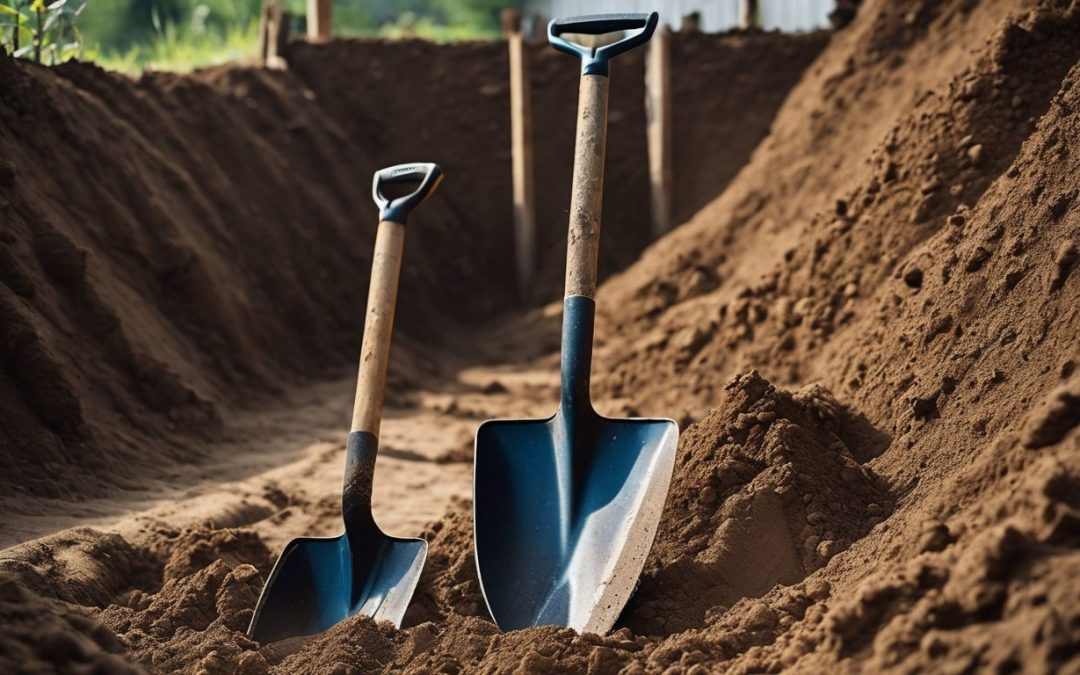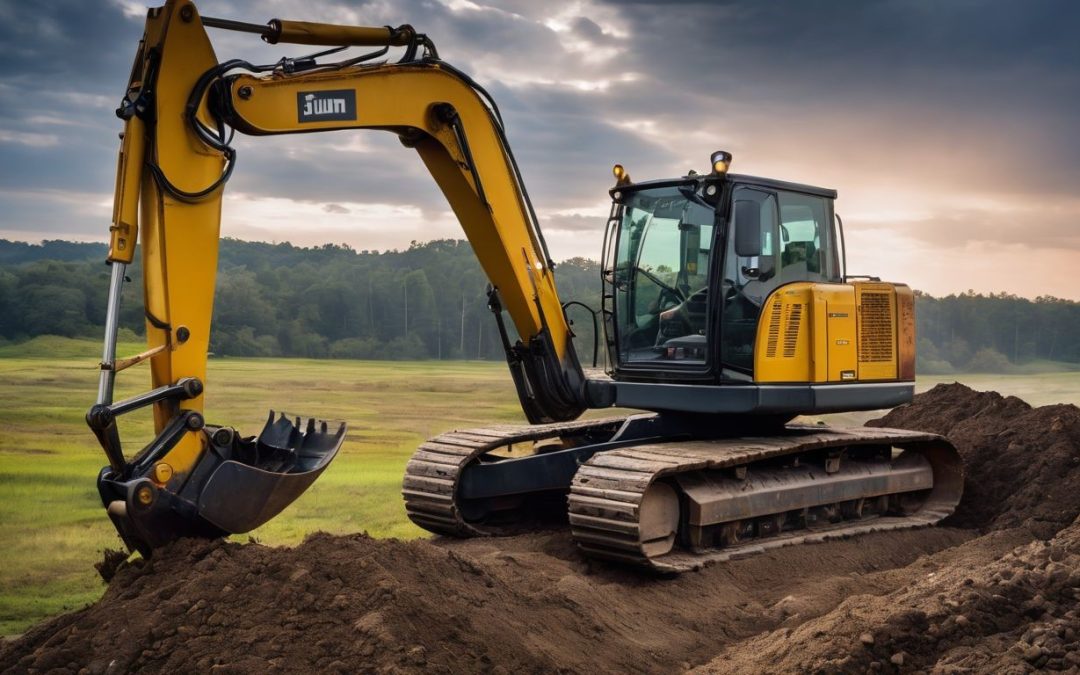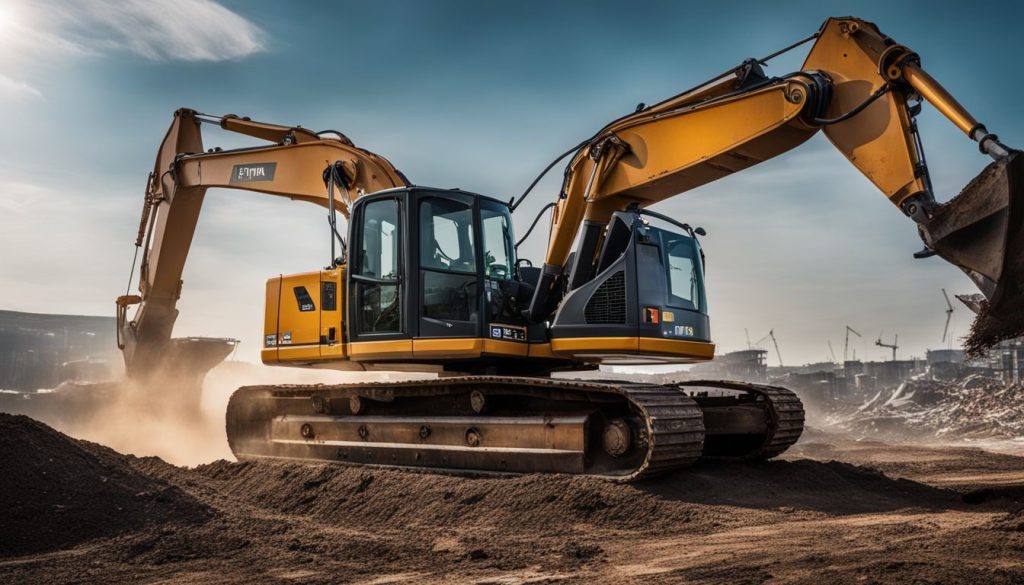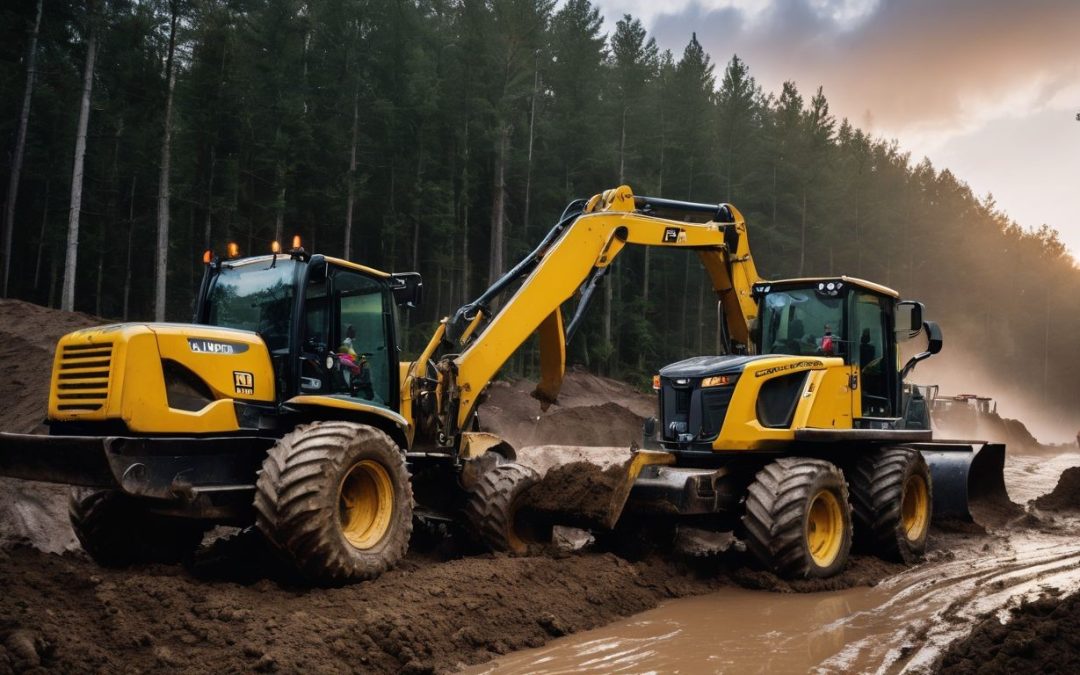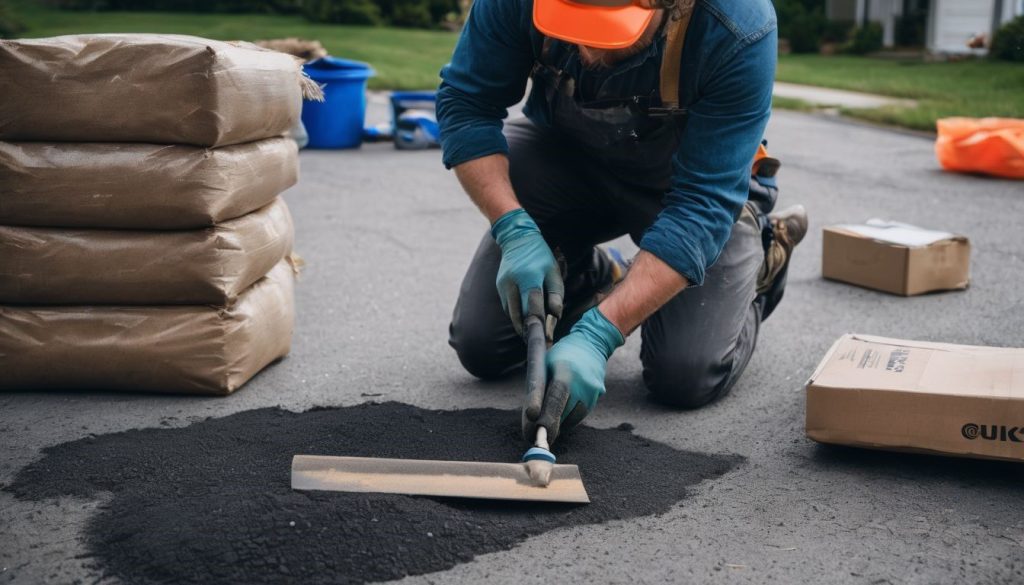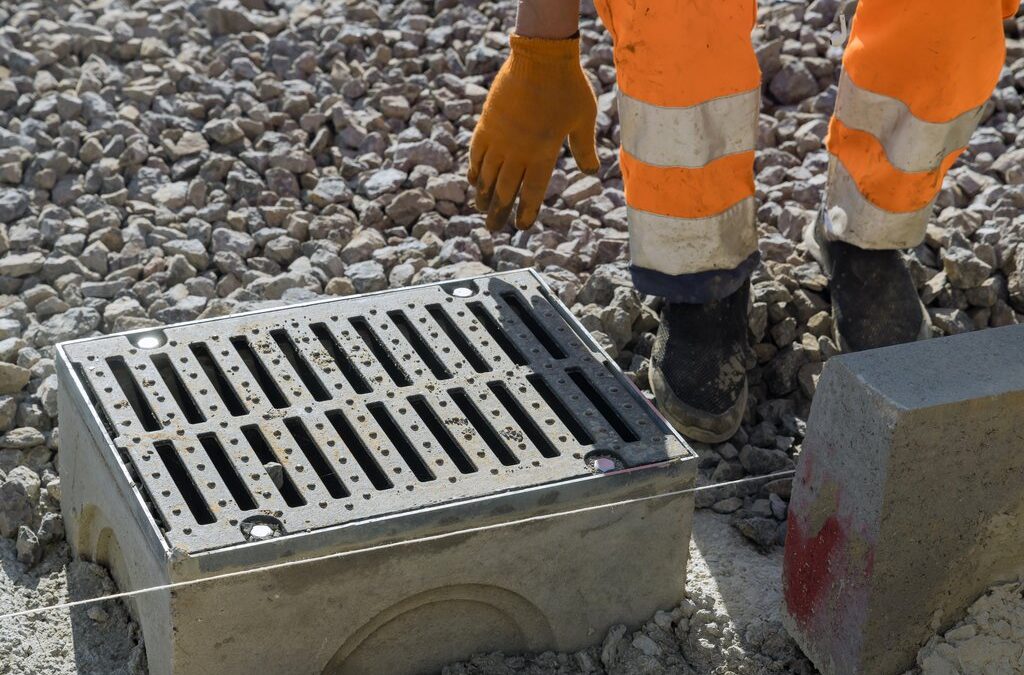Choosing the right surface for your driveway or road can be confusing. Did you know that asphalt is actually a paving material? This blog will clear up the differences between paving and asphalt, helping you make an informed decision for your next outdoor project.
Keep reading to find out more!
Important Points
- Paving and asphalt are not the same; paving is a process using materials like concrete, stone, or brick, while asphalt specifically combines aggregates and bitumen.
- Asphalt is more suited for roads and parking lots due to its durability under heavy traffic, while paving offers a range of materials for different looks and uses.
- The cost of paving can be higher than that of asphalt because it involves various materials and labor-intensive installation.
The Difference Between Paving and Asphalt
Paving refers to the process of creating a hard surface using materials such as concrete, brick, or stone, while asphalt is a specific material made from a mixture of aggregates and bitumen.
People often use these two terms interchangeably, but they have distinct differences in their composition and application.
Paving refers to the process of creating a hard surface, such as a driveway or walkway, using various materials such as concrete, brick, or stone.
Creating a hard surface with paving involves many materials. You can choose concrete, brick, or stone to make your driveway look great and last long. Each material brings its own look and feel to a project.
For example, stone gives a natural look while concrete is versatile for different designs. Builders use these materials in road construction and for making durable walkways too.
Paving requires skill and lots of labor. It often costs more because you have to prepare the ground well before laying down the stones or bricks. A professional contractor can help decide which material is best for any job.
They think about things like how much traffic an area will get or what kind of weather it faces year-round. Now let’s talk about asphalt and how it fits into paving projects.
Asphalt is a specific material used in the process of paving, made from a mixture of aggregates and bitumen.
Asphalt, a crucial element in paving, is formed by combining aggregates and bitumen. It is popularly utilized for constructing resilient roadways and parking areas due to its capability to withstand heavy traffic.
Asphalt’s composition of bitumen and aggregates makes it less permeable compared to other materials such as blacktop, enhancing its durability.
Paving extensively involves creating hard surfaces like driveways or walkways using various materials such as concrete, brick, or stone. However, asphalt stands out due to its cost-effectiveness and enhanced durability owing to the amalgamation of aggregates and bitumen.
How Paving and Asphalt are Used
Paving is used to create durable and aesthetically pleasing surfaces for driveways, walkways, and roads. Asphalt, on the other hand, is commonly used for paving roads and parking lots due to its durability and ability to withstand heavy traffic.
Paving is used for creating durable and aesthetically pleasing surfaces for driveways, walkways, and roads, among others.
Paving creates strong and visually appealing surfaces for various purposes. It is commonly used for driveways, walkways, and roads due to its durability and aesthetics. The materials used in paving can vary, including concrete, brick, or stone, offering flexibility in design and functionality based on the project’s requirements.
The durable nature of paving allows it to withstand heavy traffic while maintaining its visual appeal. Additionally, the use of different materials provides options suitable for diverse budgets and maintenance capabilities.
Paving contractors can offer expert advice tailored to specific projects to ensure optimal results that align with both functional needs and budget considerations.
Asphalt is commonly used for paving roads and parking lots due to its durability and ability to withstand heavy traffic.
When considering asphalt for paving roads and parking lots, its durability and ability to withstand heavy traffic make it a popular choice. Asphalt’s high bitumen content and low porosity compared to blacktop contribute to its strength, making it suitable for areas with heavy vehicle use.
In addition, it is more cost-effective than traditional paving materials due to the affordability of bitumen, providing a durable surface ideal for high-traffic locations while remaining budget-friendly.
Key Differences between Paving and Asphalt
Paving can be done with a variety of materials, while asphalt is made specifically from aggregates and bitumen. Additionally, paving can be more expensive due to the variety of materials that can be used, while asphalt is more cost-effective.
Materials used: Paving can be done with a variety of materials, while asphalt is made specifically from aggregates and bitumen.
Paving uses various materials like concrete, brick, or stone for creating hard surfaces. Asphalt is made from aggregates and bitumen for durability, mainly used on roads and parking lots.
Paving offers versatility with material choices, while asphalt focuses on the specific blend of aggregates and bitumen. Asphalt’s unique composition makes it ideal for heavy traffic areas due to its durable nature.
Both paving and asphalt have distinct material compositions catering to different needs – paving allowing flexibility in material selection while asphalt’s focus on aggregates and bitumen ensures enduring strength especially suited for heavy traffic areas.
Cost: Paving can be more expensive due to the variety of materials that can be used, while asphalt is more cost-effective.
Due to the variety of materials, paving can incur higher costs compared to asphalt. Asphalt is more cost-effective due to its specific composition of aggregates and bitumen, making it a more budget-friendly option.
If you are looking for an affordable solution, consider asphalt due to its cost-effectiveness when compared with the varied material options involved in paving.
Durability: Paving can last longer than asphalt when maintained properly, but asphalt is known for its durability and ability to withstand heavy traffic.
Paving can outlast asphalt with proper maintenance, while asphalt excels in enduring heavy traffic. Paved surfaces, when well-kept, demonstrate a longer lifespan compared to asphalt.
On the other hand, asphalt’s strength lies in its ability to withstand substantial loads and intense vehicular activity due to its durable nature and robust composition.
The choice between paving and asphalt ultimately depends on the project’s usage demands and expected footfall or vehicle traffic.
Which Option is Best for Your Project?
Consider the purpose and location of your project, as well as your budget and maintenance capabilities when deciding between paving or asphalt. Consulting with a professional paving contractor can provide expert advice for making the best choice for your specific needs.
Consider the purpose and location of your project
Evaluate the specific use and location of your project, as this will impact the choice between paving and asphalt. The volume of traffic, type of loads, and climate conditions should also influence your decision.
In addition to budget considerations, maintenance capabilities are crucial for long-term surface durability. Consulting with a professional paving contractor can provide valuable insights into making the best choice for your project.
Always factor in the specific use and location of your project when deciding between paving and asphalt surfaces. Take into account factors such as traffic volume, load types, and local climate conditions.
Think about your budget and maintenance capabilities
Consider your budget and maintenance capabilities before making a decision. Paving can be more expensive due to the variety of materials that can be used, while asphalt is known for its affordability.
Additionally, paving requires more preparation and labor compared to asphalt, so evaluate whether you have the resources for ongoing maintenance when deciding between the two options.
Keep in mind that paving can last longer than asphalt when properly maintained.
Consult with a professional paving contractor for expert advice.
Seek advice from a paving contractor for professional guidance. Professional contractors can assist in choosing the best option based on your project’s purpose, location, budget, and maintenance capabilities.
Paving professionals have the expertise to recommend suitable materials and methods tailored to your specific needs and ensure a successful outcome for your project.
Consulting with an experienced paving contractor is crucial in making informed decisions. Their insights can help you assess the durability, cost-effectiveness, and suitability of paving options such as asphalt or other materials based on important factors like traffic load and aesthetic preferences.
Conclusion
In conclusion, paving and asphalt differ in materials used, cost, and durability. Paving involves using various materials like concrete or stone while asphalt is made from aggregates and bitumen.
The best choice for your project depends on factors such as purpose, location, budget, and maintenance capabilities. Consulting a professional paving contractor can provide expert advice tailored to your specific needs.
FAQs
1. What is asphalt?
Asphalt is a road surface material made from a stone mixture, tar, and gravel.
2. What does paving mean?
Paving refers to covering ground with a solid material like stones or concrete to make pavement or driveway surfaces.
3. Is all pavement made of asphalt?
No, not all pavement is made of asphalt; some can be made from other construction materials like concrete.
4. Why do driveways get sealcoating?
Sealcoating protects the driveway’s surface from weather damage and keeps it looking good.
5. How are tarmac and asphalt different?
Tarmac includes tar mixed with other materials for roadways, while asphalt uses bitumen with its stone mixture for making roads smooth.


